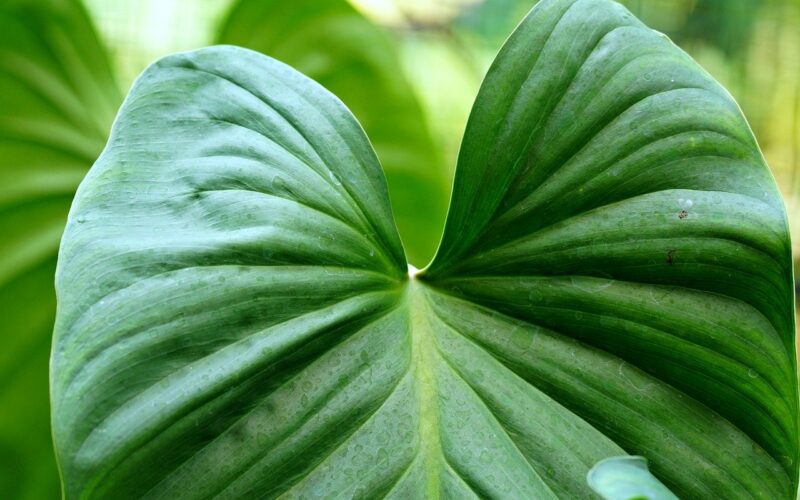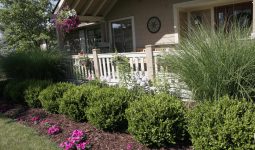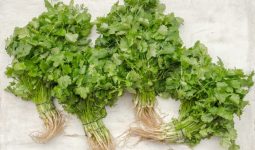Virginia’s lush landscapes hide some unexpected dangers. Did you know that your backyard might be home to plants that could harm you or your pets? While exploring the outdoors can be fun, it’s important to be aware of the risks.
Virginia has several poisonous plants that you should avoid touching, including poison ivy, giant hogweed, and poison hemlock.
These plants can cause skin irritation, blisters, and even severe reactions if you come into contact with them.
Knowing how to spot these toxic species can help keep you safe during outdoor activities.
Learning about dangerous plants in Virginia isn’t just for nature enthusiasts.
Whether you’re a gardener, hiker, or simply enjoy spending time outside, this knowledge can protect you and your loved ones.
By the end of this article, you’ll be able to identify common poisonous plants and know what to do if you encounter them.
Poison Ivy
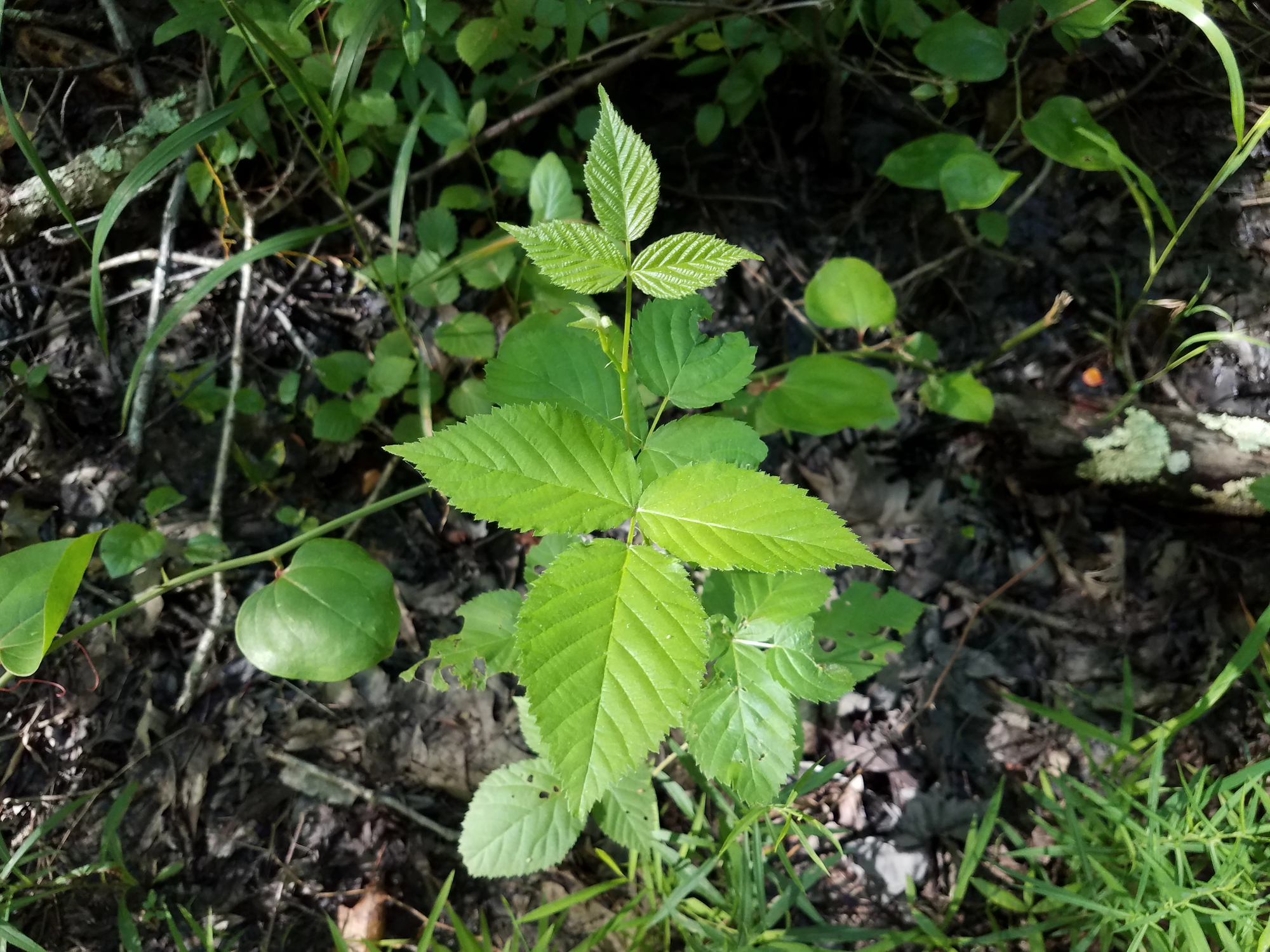
Poison ivy (Toxicodendron radicans) is a common plant in Virginia that you need to be careful of. It has leaves with three leaflets, which can be shiny or dull.
The plant contains an oil called urushiol. This oil can cause an allergic reaction in many people. If you touch the plant, you might get a rash on your skin.
Symptoms of poison ivy exposure include:
- Itchy skin
- Red rash
- Swelling
- Blisters
In rare cases, you might feel sick. This can lead to nausea and vomiting.
You can find poison ivy in many places. It grows in woods, fields, and even in your backyard. The plant can climb trees or grow as a shrub.
To stay safe, learn to spot poison ivy. Remember the saying: “Leaves of three, let it be.” Wear long sleeves and pants when you’re in areas where it might grow.
If you think you’ve touched poison ivy, wash your skin right away. Use soap and cool water. This can help remove the oil before it causes a reaction.
Poison Oak
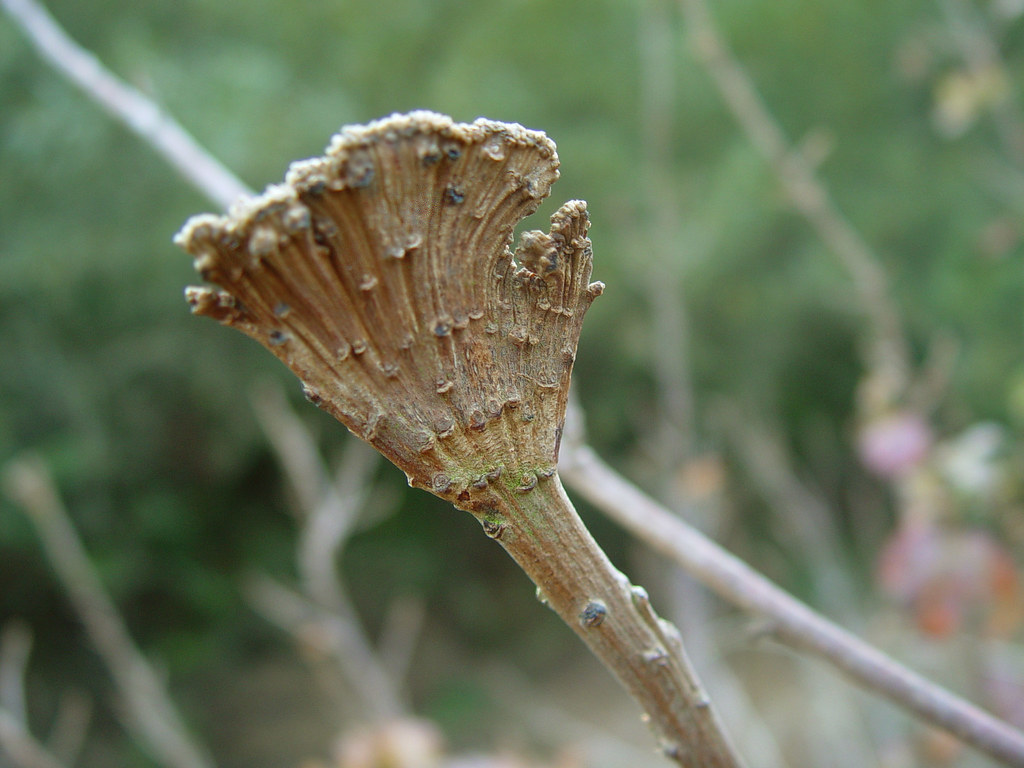
Poison oak (Toxicodendron pubescens) is a dangerous plant you might encounter in Virginia.
It’s an upright shrub that can cause contact dermatitis for most people who touch it.
You can identify poison oak by its leaves. They are compound with 3 leaflets and grow 7 to 10 inches long.
The leaves are shiny on top and velvety underneath. The leaflets have lobes that look like oak leaves.
Be careful – all parts of this plant contain urushiol. This oil can cause a severe rash if it touches your skin.
The plant can grow up to 10 feet tall, but it’s usually 2-4 feet high.
You might see poison oak in different areas. It can grow in open or wooded swampy places. The plant produces small, yellowish flowers in early spring.
To stay safe, learn to recognize poison oak. If you think you’ve touched it, wash your skin right away.
Wear protective clothing when you’re in areas where it might grow.
Remember, it’s best to look, not touch, when you see unfamiliar plants in nature.
Poison Sumac
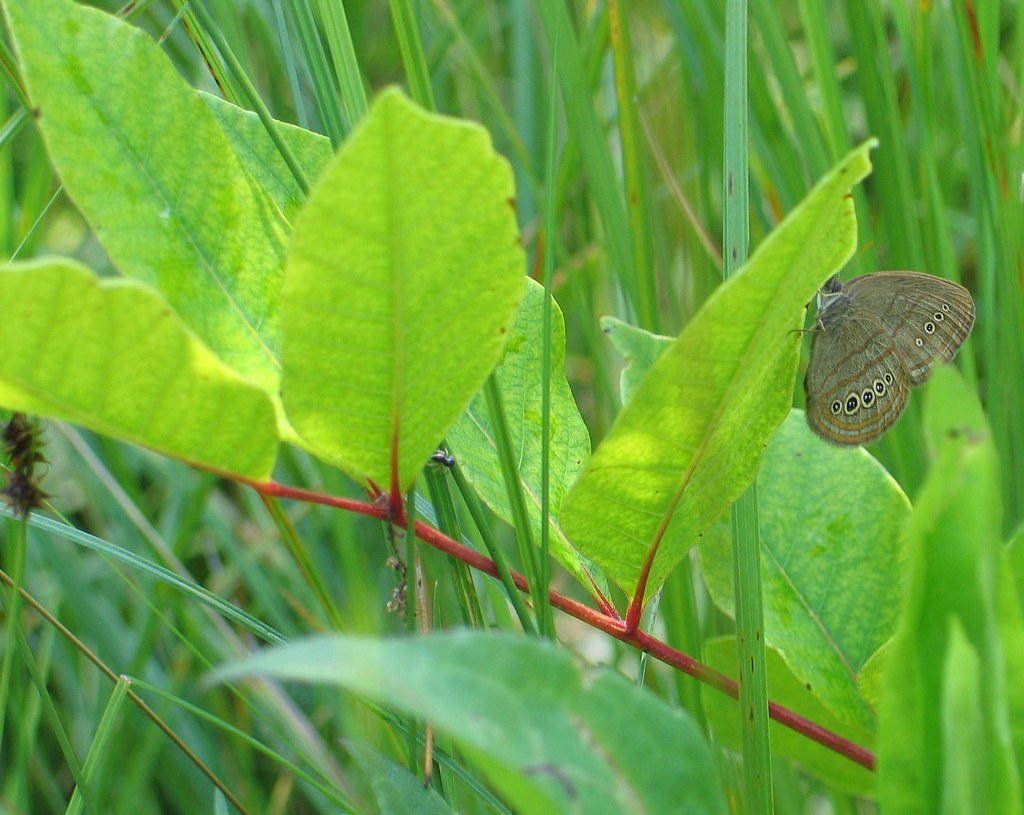
Poison sumac (Toxicodendron vernix) is a dangerous plant found in Virginia.
You might come across it in wet areas like swamps, bogs, and near streams or lakes.
This plant grows as a shrub or small tree. Its leaves have 7 to 13 leaflets per stem, with smooth edges and a red leaf stem.
You should be careful, as all parts of poison sumac can cause skin irritation.
If you touch it, you may get an itchy, painful rash. This rash can lead to burns on your skin in severe cases.
Poison sumac is less common than its relatives, poison ivy and poison oak.
You’re most likely to find it in eastern Virginia, especially in wetland areas.
To stay safe, learn to identify poison sumac. Look for:
- Compound leaves with 7-13 leaflets
- Smooth leaf edges
- Red leaf stems
- White berries (in fall)
If you think you’ve touched poison sumac, wash your skin right away. Use soap and cool water. This might help reduce the severity of the rash.
Remember, it’s best to avoid this plant. If you’re exploring wet areas in Virginia, be on the lookout for poison sumac to protect yourself from its harmful effects.
Jimsonweed
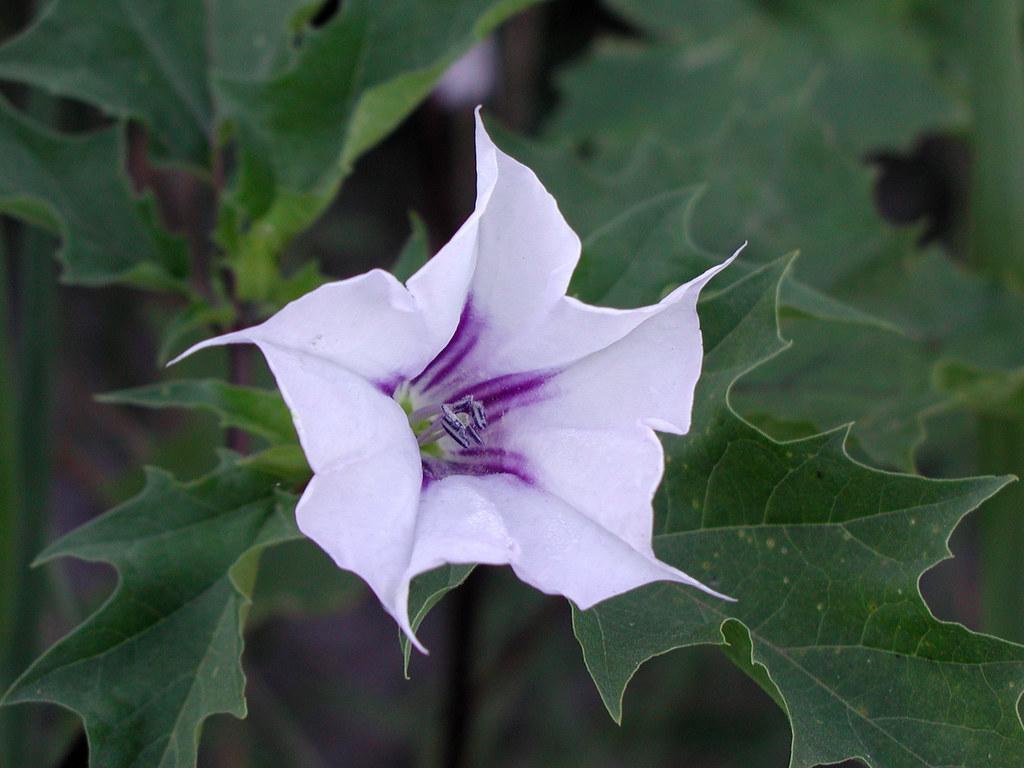
Jimsonweed (Datura stramonium) is a dangerous plant found in Virginia.
You might spot it in fields, pastures, or waste areas. It’s known for its large, trumpet-shaped white or purple flowers.
Be careful! Every part of this plant is toxic. If you eat it, you could get very sick or even die.
The poison comes from chemicals called tropane alkaloids. Jimsonweed can grow quite tall, up to 5 feet.
Its leaves are big and have jagged edges. The plant also makes spiky seed pods.
You might hear people call it by other names:
- Thorn Apple
- Devil’s Snare
- Devil’s Trumpet
Even though it looks pretty, don’t touch it. The plant can make you dizzy, confused, or see things that aren’t there.
If you have kids or pets, keep them away from jimsonweed. It’s especially common in overgrazed pastures.
Remember, jimsonweed is not just dangerous to people. It can also harm animals if they eat it while grazing.
If you think you’ve touched or eaten jimsonweed, call for help right away. Quick treatment is very important.
Virginia Creeper

Virginia creeper (Parthenocissus quinquefolia) is a climbing woody vine native to eastern North America.
You might see it growing in woodlands or used as an ornamental plant in gardens.
This plant has distinctive five-leaflet compound leaves that turn bright red in autumn.
While it can be attractive, you should be cautious around Virginia creeper.
The berries and leaves of Virginia creeper are poisonous to humans. If eaten, they can cause serious symptoms like:
- Nausea
- Vomiting
- Abdominal pain
- Diarrhea
- Headache
- Drowsiness
In severe cases, ingestion can be fatal. Keep children and pets away from Virginia creeper berries.
The sap of Virginia creeper can also cause skin irritation. While less common than with poison ivy, you may develop a rash after contact. This reaction is a form of phytophotodermatitis.
To stay safe, wear gloves and protective clothing when handling Virginia creeper.
If you suspect poisoning or develop a rash, seek medical help right away.
Remember, Virginia creeper can be mistaken for poison ivy. Learn to identify both plants to avoid accidental exposure.
Pokeweed
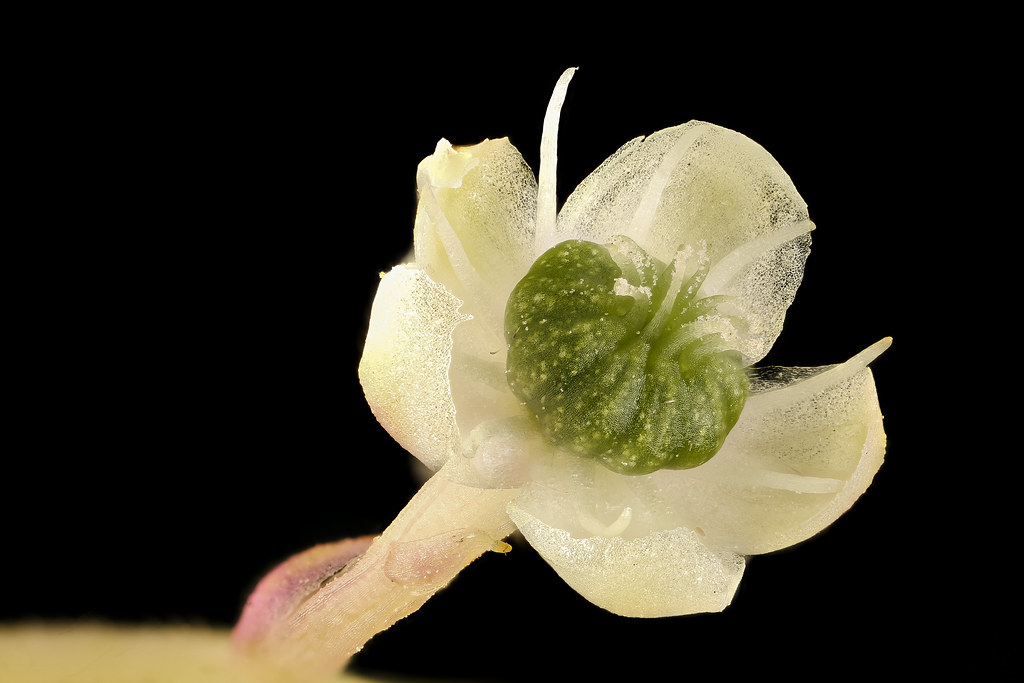
Pokeweed (Phytolacca americana) is a tall perennial plant native to Virginia.
You’ll often spot it in fields, forests, and disturbed areas. It can grow up to 10 feet tall and 3 feet wide in a single season.
The plant has large, smooth leaves and clusters of small white or green flowers.
In late summer, you’ll see its most striking feature – dark purple berries on bright pink stems.
Warning: All parts of pokeweed are toxic to humans and animals. The roots are the most dangerous, but berries, stems, and leaves can also cause harm if eaten.
Symptoms of pokeweed poisoning include:
- Nausea
- Vomiting
- Diarrhea
- Abdominal pain
- In severe cases, difficulty breathing and convulsions
If you have children or pets, it’s best to remove pokeweed from your property.
Wear gloves and long sleeves when handling the plant. Dig out the entire root system to prevent regrowth.
Despite its dangers, pokeweed plays a role in local ecosystems. Birds eat the berries and spread the seeds.
Some people even eat young pokeweed shoots, but this is risky and not recommended.
Always teach children to avoid eating wild berries or plants. If you suspect pokeweed poisoning, seek medical help immediately.
Wild Parsnip
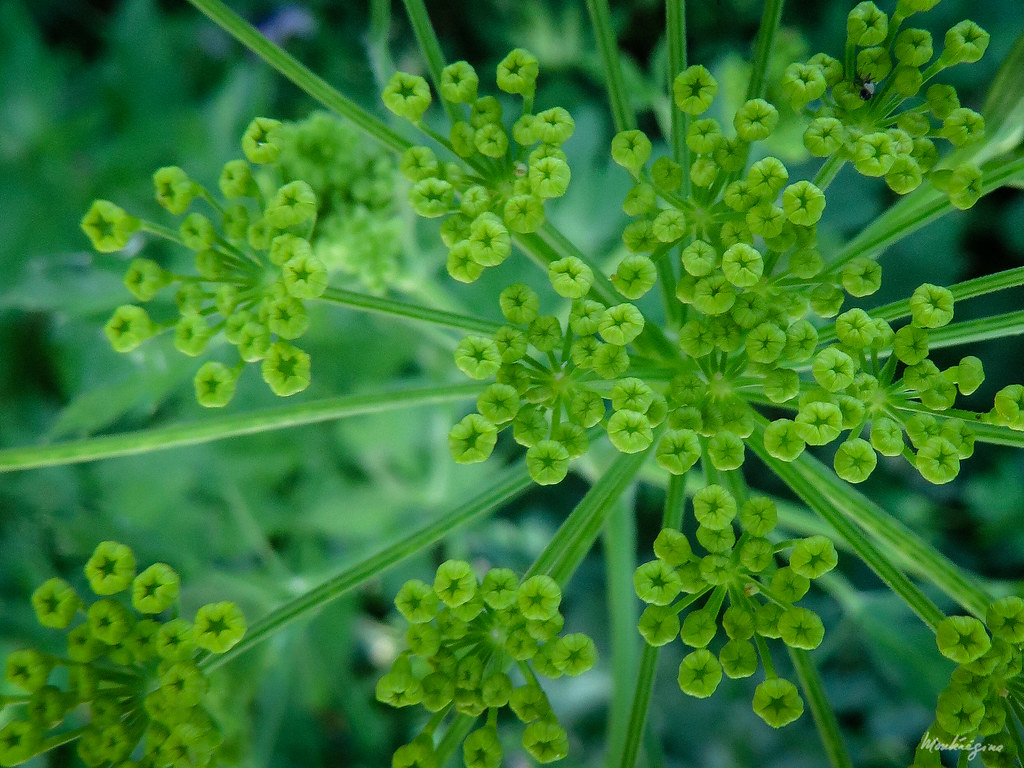
Wild parsnip (Pastinaca sativa) is a dangerous plant you should watch out for in Virginia.
This yellow-flowered plant can grow up to 5 feet tall and looks similar to Queen Anne’s lace.
The sap of wild parsnip is the main concern. If it gets on your skin and is exposed to sunlight, it can cause severe burns and blisters.
This reaction is called phytophotodermatitis. To stay safe, learn to identify wild parsnip:
- Tall plant with yellow flower clusters
- Grooved stems
- Leaves divided into leaflets with saw-toothed edges
If you spot wild parsnip, don’t touch it. Wear protective clothing if you must be near it. Cover your arms, legs, and hands completely.
Wild parsnip burns can cause:
- Redness
- Painful burning sensation
- Blisters
- Skin discoloration
If you come into contact with the sap, wash the area right away. Seek medical help if you develop symptoms.
Remember, while the roots are edible, the rest of the wild parsnip plant is dangerous.
Always be cautious when encountering unfamiliar plants in the wild.
Black Nightshade

Black nightshade (Solanum nigrum) is a plant you might encounter in Virginia gardens.
While it’s often confused with its deadly cousin, this species has some edible parts when ripe.
The berries of black nightshade are safe to eat when fully ripe. However, unripe berries can be toxic. Be cautious when foraging.
You can identify black nightshade by its:
- Small white flowers
- Green leaves with wavy edges
- Clusters of black berries when mature
The leaves of black nightshade are toxic when raw but safe when cooked. Always cook them thoroughly before eating.
If you find this plant in your garden, you may want to remove it. Mulching can help prevent its growth. You can also pull it out by hand or prune it back.
Remember, black nightshade belongs to the Solanaceae family. This family includes common vegetables like tomatoes and potatoes, but also some toxic plants.
Always be certain of a plant’s identity before consuming any part of it. When in doubt, it’s best to avoid eating wild plants altogether.
Water Hemlock

Water hemlock (Cicuta spp.) is one of the most toxic plants in North America.
You need to be extra careful to avoid this dangerous plant when exploring Virginia’s wetlands and marshes.
The plant grows 2 to 6 feet tall and has white flowers in umbrella-shaped clusters. Its stems are hollow and purple-streaked.
Be aware that water hemlock looks similar to harmless plants like wild carrots or parsnips.
Water hemlock contains a deadly poison called cicutoxin. This toxin attacks your central nervous system quickly. Even a small amount can be fatal to humans and animals.
If eaten, water hemlock can cause:
- Violent seizures
- Nausea and vomiting
- Muscle twitching
- Breathing problems
There’s no antidote for water hemlock poisoning. Quick medical care is crucial if you suspect ingestion.
To stay safe, learn to identify water hemlock. Don’t touch or eat any plant parts. Keep children and pets away from areas where it grows.
Be careful not to confuse water hemlock with poison hemlock. Both are extremely toxic, but water hemlock is even more dangerous.
Poison hemlock has purple-spotted stems and fern-like leaves. Remember, it’s best to admire these plants from a safe distance.
Your safety should always come first when exploring nature in Virginia.
Castor Bean Plant
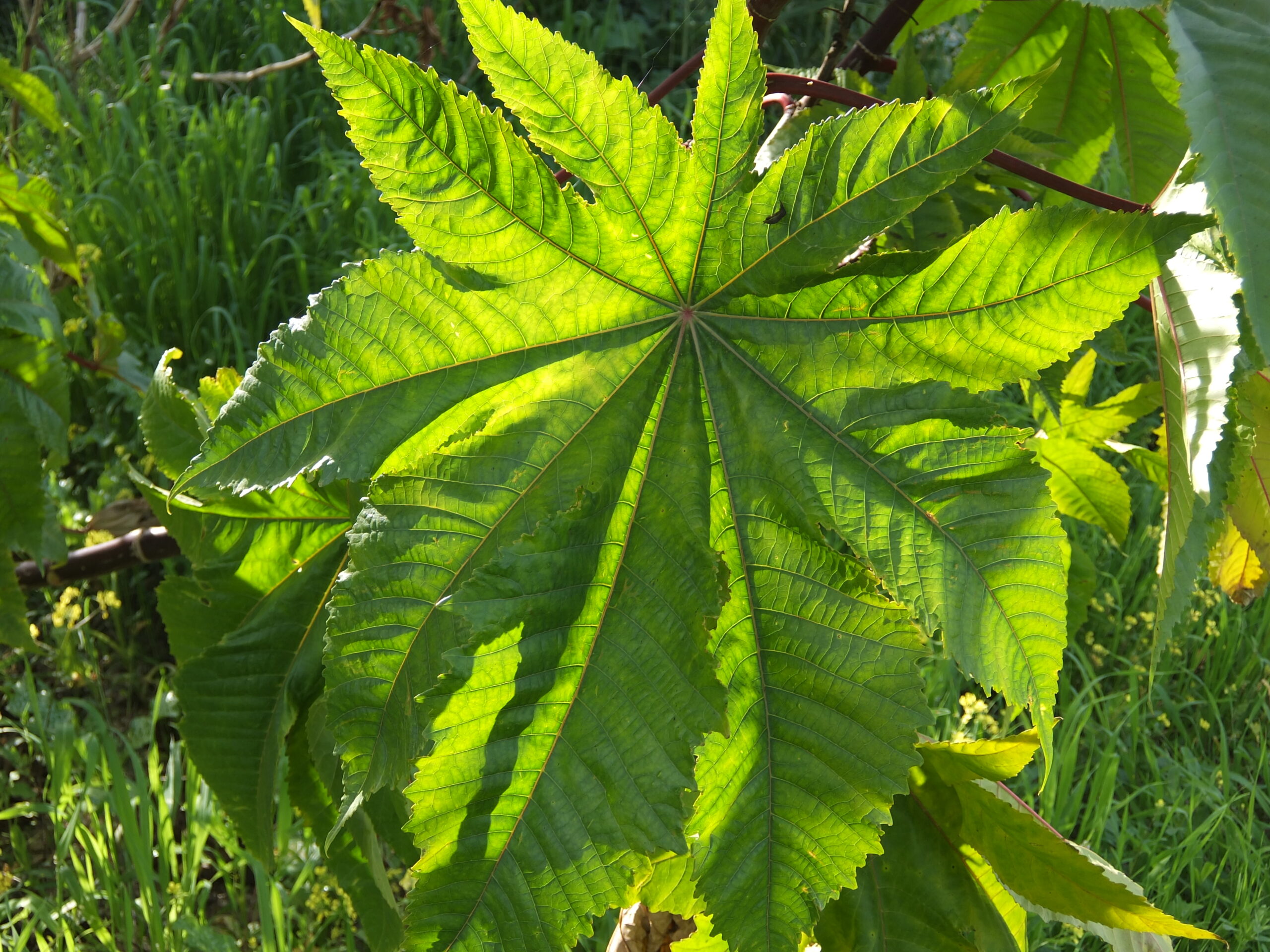
The castor bean plant (Ricinus communis) is a dangerous species found in Virginia.
You might spot it growing wild or as an ornamental plant in gardens.
This plant has large, palm-shaped leaves and spiky seed pods. Don’t let its beauty fool you – it’s highly toxic.
The seeds, or “beans,” are the most poisonous part. They contain ricin, a deadly poison that stops cells from making proteins.
If you eat castor beans, you may have these symptoms:
- Burning in your mouth and throat
- Increased thirst
- Vomiting and diarrhea
- Kidney failure
- Seizures
Eating even a small amount of seeds can be fatal. Keep pets away too, as castor beans are toxic to animals.
If you find this plant in your yard, it’s best to remove it. Wear gloves and be careful not to crush the seeds.
Call the poison control center at 1-800-222-1222 right away if you think you’ve eaten any part of a castor bean plant.




